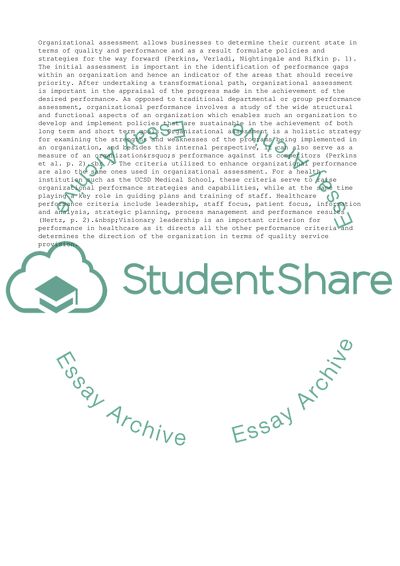Cite this document
(The Quality Gaps in the University of California: San Diego Medical Term Paper - 1, n.d.)
The Quality Gaps in the University of California: San Diego Medical Term Paper - 1. Retrieved from https://studentshare.org/management/1580095-final-project
The Quality Gaps in the University of California: San Diego Medical Term Paper - 1. Retrieved from https://studentshare.org/management/1580095-final-project
(The Quality Gaps in the University of California: San Diego Medical Term Paper - 1)
The Quality Gaps in the University of California: San Diego Medical Term Paper - 1. https://studentshare.org/management/1580095-final-project.
The Quality Gaps in the University of California: San Diego Medical Term Paper - 1. https://studentshare.org/management/1580095-final-project.
“The Quality Gaps in the University of California: San Diego Medical Term Paper - 1”, n.d. https://studentshare.org/management/1580095-final-project.


